
Favorite Lower Body Workouts

Keep your lower body robust if you want to live in shape, stay properly, and stay a longer, greater energetic, and happier lifestyles. This is due to the fact that, The majority of the muscle in your frame is beneath your waist.
Humans are bipedal, engaging in the bulk of our day by day activities and participating in sports on legs, and the lower body drives and coordinates lots of our higher body motions.
Strong lower body muscle tissues are crucial for basic fitness and wellbeing because they support the hips and pelvis, in line with an exercise physiologist. Your lower lower back could be significantly supported via this, and your middle will benefit as well. A big part of your body is supported by way of your legs, which get hold of the weight of your upper frame wherein your decrease lower back joins your pelvis bone.
Therefore, a strong base is necessary to anchor and aid the rest of your frame at some point of every practical hobby, consisting of strolling, bending over, mountain climbing stairs, sitting, and standing. People often are unaware of the motions and strength required from the frame in an effort to perform simple obligations like stepping down from a bit scale back or on foot 20 toes down a hallway till they turn out to be physically not able of performing that pass for themselves.
Benefits of a Strong Lower Body for Your Health
Enhanced cardiovascular fitness and health and progressed move. The development of bone fitness is a result of the enormous muscle groups and rhythmic nature of various styles of aerobic that use our legs.At a low degree, shifting those muscle groups is crucial for circulate, or even extra essential for exciting and growing cardiovascular health and health, Exercises can sell bone health and hold the power and balance of the main bones in the legs and hips.
We need to make sure that as people age, they have interaction in weight bearing pastime to support bone mineral density.
Lessening of damage
It's top notch how unexpectedly widespread muscle aches and pains subside when a number of my sufferers switch from a sedentary to an energetic lifestyle.
Daly points out that severa research have validated the wonderful consequences of lower frame most effective exercising on the relaxation of the frame. Regardless of your training goal, it makes quite a few feel to concentrate first for your decrease body because the majority of sports and interests are on the whole decrease body activities.
Strength and Cardio Exercises
You need to consult a health professional or a sports activities medicine physician before starting a exercising regimen to assist and enhance decrease body energy and balance to make certain you are cleared for the physical activities you are considering doing and that you are appearing them in a safe and appropriate manner.
It's essential to steadily growth the depth of your aerobic exercises through the years. Acute and overuse accidents brought on via trying to enhance too quickly could hold you from undertaking any exercise for weeks.This may take area due to the fact, consistent with him, your neuromuscular gadget calls for time to evolve, specially in case you are new to exercise or have not engaged in a specific hobby formerly.
But if some thing seems weird otherwise you feel an trouble coming on, lessen the frequency, depth, or length of your workout routines for a quick period.When the state of affairs has settled within the future, you could strive rebuilding once more.
Creating a Strong Workout
Water physical activities. Working out in water can be notably beneficial for the decrease body and the coronary heart, whether you are swimming, training water aerobics, or truely taking walks or jogging in the deep give up. Water presents true resistance, despite the fact that there is not a great deal weight passing via the joints.
Cycling or rowing
Try using a rowing device or a stationary motorbike in case you want to be seated for a low-impact workout however are not able to reach the water. These sports can offer you a excessive-intensity aerobic workout that often goals the decrease frame even as taking the majority of the burden off your joints.
Elliptical instructor
The low-effect motion of an elliptical machine replicates taking walks whilst setting much less stress in your frame than strolling. This can assist you are making the transition to on foot or strolling. It can be a beneficial manner to maintain work on developing lower body energy and endurance.
Running, aerobics instructions, dancing, and different similar weight-bearing physical games are better impact activities which can be beneficial for enhancing decrease body electricity and staying power.
Lower Body Exercises
There are a lot of sporting events you could perform at home to preserve your electricity, flexibility, and mobility even in case you can not make it to the gymnasium due to the fact they require little to no system.
Getting your blood pumping and warming up your frame for greater body weight resistance physical games or electricity schooling sports that use your very own frame weight as resistance is a exquisite way to start.
With each exercise, start out slowly and work your manner as much as 5 to fifteen repetitions (on every side if it is a bilateral activity), pausing in short in between sets. Two or 3 times per week, carry out 3 to 5 units of every exercise, or as many as you feel cushty performing or as told by way of a trainer or your medical doctor.
Leaps and Jumps
Jumping jacks help you boom lower frame electricity and balance in addition to elevating your coronary heart fee and warming up your body earlier than a workout. To carry out them properly, stand instantly together with your legs spread aside and your hands at your aspects. Jump into the air whilst lightly bending your knees.
Spread your legs out so they are more or less shoulder-width apart as you leap. Over your head, enlarge your arms. Return to your starting position.
Squats
Squats stimulate the glutes (the huge butt muscle groups), the hamstrings (the muscular tissues in the back of the legs), the quadriceps (the muscle mass on the the front of the thighs), and can also support the lower back. They are arguably the most not unusual lower body exercise.
Put your feet hip-width apart and stand. Sit in a squat even as pushing your butt lower back and downward, as though you have been reducing your self into a chair.
Keep your heels and feet flat at the ground even as preserving immediately, forward-going through knees. Engage the core even as preserving the chest raised. After a touch length of holding, push via the heels another time to rise up.
To make it extra tough, you may do this even as preserving a weight in either hand or in the front of you. You can also perform single-leg squats, which contain squatting with one leg even as lifting the alternative off the ground. These physical activities are great for improving balance and balance.
Divided Squat
Several lower frame muscle groups are worked out through this squat model. This conventional unilateral (single leg) workout targets asymmetries in leg length and electricity by using working the quadriceps (front of thigh), glute max (buttocks), and hamstrings (back of thigh).
To nicely set off your glutes and hamstrings, push via the front leg, and minimize any push from the rear leg, recognition on dropping your hips and returned knee instantly down inside the descent instead of forward and down whilst performing the break up squat.
On the other hand, you can alter your frame's alignment to awareness on particular muscle groups. As an example, lengthening your stance and/or increasing the forward torso lean will bias the glutes and hamstrings, at the same time as shortening the stance and keeping a greater upright torso will emphasize the quadriceps similarly.
Although cut up squats and lunges can also resemble each other in a few ways, they may be two wonderful exercises. Depending on the sort of lunge you are acting, you may take a step forward or laterally while appearing a lunge. Your toes live there in the course of the complete break up squat workout once you take the initial step forward to start.
Leg Bridges
Your ft ought to be flat at the ground, hip-width aside, as you lay on your returned together with your knees bent. Straighten your hands from your shoulders up towards the ceiling. Lift your hips a pair inches off the floor by means of contracting your glutes. Reset your hips to the floor after pausing for a short minute.
Put your heels into the ground while lifting your feet off the ground for an brought issue.
As with glute bridges, you begin single-leg hip bridges (additionally known as unmarried-leg hip lifts) by lying on your again at the floor. One knee must be bent and the foot need to be flat on the floor; the opposite knee need to be prolonged instantly from the hip and the foot need to be flexed.
Pushing your hips up, hold that straight leg raised until it's miles parallel to the other thigh. Take a breather, then slowly return to in which you had been before.
Bird birds
Bird puppies are tremendous for strengthening the center and glutes. Begin on all fours with the backbone immediately, the knees under the hips, and the hands underneath the shoulders.
Lift one leg as excessive as is snug behind you, directly out in front of you, lightly raising and increasing the leg. Raise the opposing arm straight out in front of you, stretching out from the shoulder on the equal second. Hold it there for some seconds and then go back to the starting position if it feels tough sufficient.
Adding a crunching movement beneath your chest will growth the issue. Bring the elbow of the prolonged arm to the knee of the extended leg. Rep the opposite facet after a few repetitions.
Animal Kicks
Once extra beginning to your hands and knees at the mat, putting your arms below your shoulders and your knees beneath your hips. As you elevate the proper knee until it's far level with the hip, preserve it bent at ninety tiers and flex the foot. Repeat the carry even as retaining the knee off the ground.
The deadlift
Dead lifts with a kettlebell or dumbbell integrate lower body and middle strengthening in a single movement. Place your toes hip-width aside at the floor along with your returned immediately. Using your middle, lower back, and glutes, preserve a dumbbell in either hand or preserve a kettlebell out in the front of you.
Once your torso is parallel to the floor, bend forward on the hips. Keep your returned immediately and your shoulders lower back, not rolled forward, and avoid definitely straightening your knees. Instead, keep them flexible and barely bent. Regain a full status role by means of straightening the legs.
Leg-On-One Deadlifts
Standing with your feet hip-width aside is the identical essential beginning role for this dead raise variation. With your palms comfortable and the weight at thigh stage, keep a kettlebell, barbell, or other weight in either hand in front of you. By flexing your hips, lean ahead and vicinity your weight on one leg.
Straighten the second leg by means of enticing it and extending it at the back of you. Maintaining a directly returned, improve the leg till it is parallel to the floor. Straight down putting hands are suitable. Return to the starting role after pausing.
Lunges ahead
A staple of decrease-body sporting activities, lunges target the glutes, quads, hamstrings, core, as well as your capacity to hold balance. Lunges may be completed both forward or to the aspect. You start with each routines standing directly up, toes flat at the floor, and toes facing ahead the entire time.
Step forward with one leg as some distance as you could while retaining the alternative one firmly planted at the ground to do a ahead lunge. Maintain a strong middle at the same time as preserving your shoulders back and up. The rear knee must be bent at 90 stages and a few inches above the floor as you lower your body till the ahead thigh is parallel to the ground.
Side Lunges
Use the equal starting position as a ahead lunge for a lateral lunge, however take a big step to the right (with the proper leg) or to the left (with the left leg), then swing your hips forward even as preserving a raised chest. Resuming the authentic stance, step with the foot you simply moved. Change facets.
Backward lunges
These backward lunges are similar to a front lunge. Step returned at the same time as keeping your chest high and your center tight. Start along with your feet together and flat on the floor. The ahead thigh should be parallel to the floor as the body is diminished till the rear knee is bent at ninety ranges and near the ground.
Calf Raises
Stand immediately and along with your ft close collectively to tone your ankles and calf muscles. Standing in your ft, elevate your heels off the floor. Hold for a touch second earlier than bringing your heels go into reverse to the ground. For a piece greater trouble, you can perform this at the same time as maintaining a weight in every hand. The heel can be decreased barely under parallel with the feet at the give up of the exercise to stretch the calf at the same time as status on the brink of a stairwell or different excessive surface.
Step-ups
Use any extended floor, consisting of a step, a stable bench, or a chair, as a way to purpose your knee to bend ninety stages while your foot is positioned on it. Start with the aid of setting your foot at the step or bench, then rise onto the platform by means of pressing through your heel. Put your different foot in a marching posture, along with your knee bent at a 90-degree perspective and your thigh parallel to the ground. Step down after which opposite the motion.

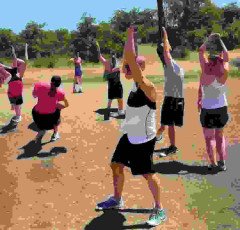

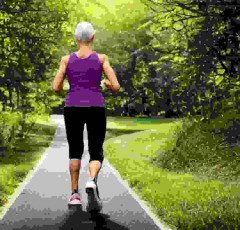

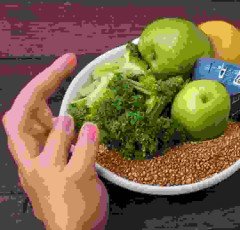

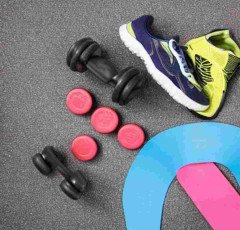


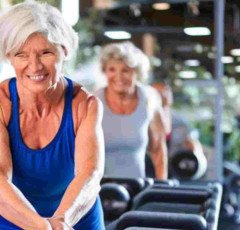


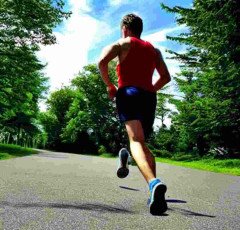


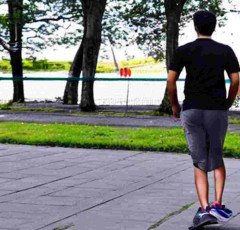


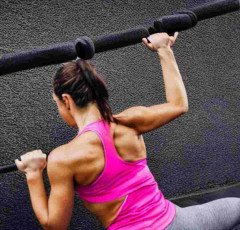
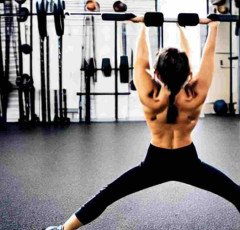

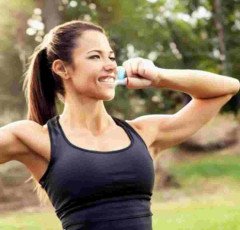


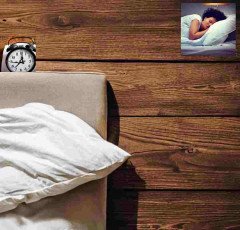

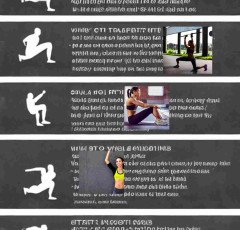




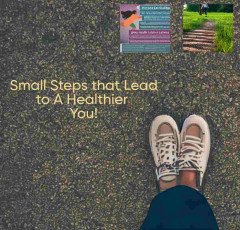


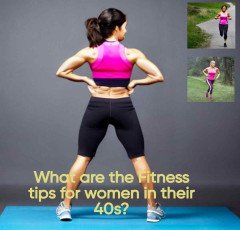








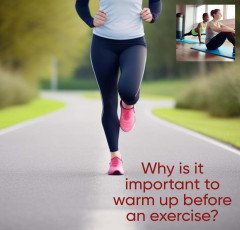
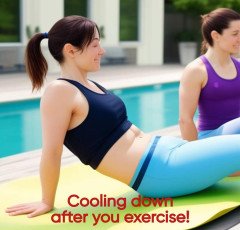
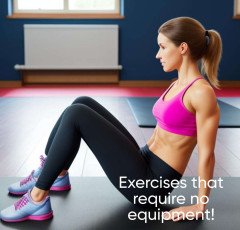

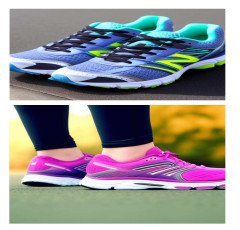


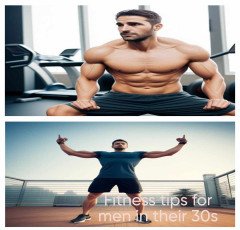
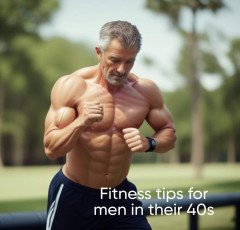
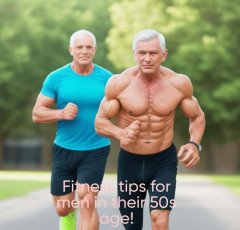















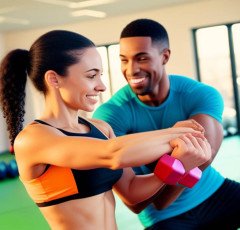
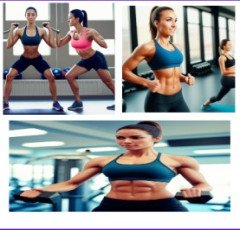

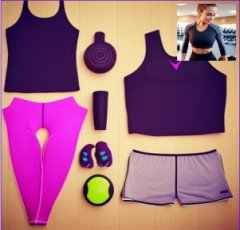














 Graphics & Design
Graphics & Design  Sennheiser
Sennheiser  Echo Dot - Smart speaker with Alexa
Echo Dot - Smart speaker with Alexa  Healthy Ingredients
Healthy Ingredients  Prime Video
Prime Video  Realme Smart Phone
Realme Smart Phone  SOFAS
SOFAS 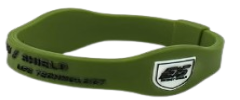 Wristbands
Wristbands  Top Rated From Amazon
Top Rated From Amazon  Acer Laptop
Acer Laptop  Duke T Shirts
Duke T Shirts  Artificial Intelligence
Artificial Intelligence  Hot Bags For Pain Relief
Hot Bags For Pain Relief  Best Sellers On Amazon
Best Sellers On Amazon  Wireless Bluetooth Earphones
Wireless Bluetooth Earphones  NordPass
NordPass  NordVPN
NordVPN  Smart Doorbell
Smart Doorbell  iPhone cable
iPhone cable  All Wireless Products
All Wireless Products  LCD Writing Tablet
LCD Writing Tablet  The Click Engine
The Click Engine  1150+Trendy kids coloring pages Bundle
1150+Trendy kids coloring pages Bundle  One World Collection
One World Collection  Best Robotic Vacuum Cleaners
Best Robotic Vacuum Cleaners  Creative Brief For Video Shoot
Creative Brief For Video Shoot 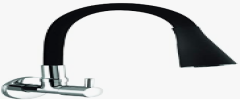 Kitchen Tap
Kitchen Tap  Only For The United States
Only For The United States  Hanging Lights For Living Room
Hanging Lights For Living Room  Apple iPhone
Apple iPhone  BEST SELLER TOP10
BEST SELLER TOP10  Online Marketing
Online Marketing  Dell Laptop
Dell Laptop  Puma (Clothing & Accessories)
Puma (Clothing & Accessories)  Favorite Company (Cuelinks)
Favorite Company (Cuelinks)  Wireless Gaming Mouse
Wireless Gaming Mouse  Stylish Sneakers by Red Tape
Stylish Sneakers by Red Tape  Unreal Engine 5 For Beginners Learn The Basics Of Virtual Production
Unreal Engine 5 For Beginners Learn The Basics Of Virtual Production  Air Purifier for Home
Air Purifier for Home  Digital Voice Recorder
Digital Voice Recorder  ASUS Laptop
ASUS Laptop  Home Decor Items
Home Decor Items  Amazon Best Selling Products
Amazon Best Selling Products  SEO Checklist
SEO Checklist  Unlimited access to classes on illustration, photography, design, film, music
Unlimited access to classes on illustration, photography, design, film, music  Motion Sensor Light
Motion Sensor Light  Wall Lamp
Wall Lamp  Best Selling Books
Best Selling Books  Kitchen Daily Use
Kitchen Daily Use  ELECTRONIC ACCESSORIES
ELECTRONIC ACCESSORIES  Best Phone
Best Phone  4k Projector For Home
4k Projector For Home  Essentials for Gamers
Essentials for Gamers  Rakhi
Rakhi  Women Fashion
Women Fashion  Online Technology Classes
Online Technology Classes  Hello Theme
Hello Theme  Smart Watches
Smart Watches  ASPINAL LONDON
ASPINAL LONDON  HP Laptop
HP Laptop  TitTok Revolution
TitTok Revolution  The Secret Email System
The Secret Email System 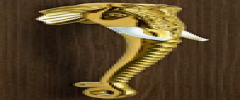 Door Handle Collection
Door Handle Collection  Best Home Appliances
Best Home Appliances  Samsung Mobile
Samsung Mobile  Crocs
Crocs  NordLocker
NordLocker  Adidas Shoes
Adidas Shoes  Dual USB Car Charger
Dual USB Car Charger  RPM 3.0
RPM 3.0  Men Clothing
Men Clothing  Bathroom Mirrors
Bathroom Mirrors  Pet Care Products
Pet Care Products 


















